#ffffound objects
Explore tagged Tumblr posts
Text

last night i dreamt that my skin was covered in a leopard print pattern of raised white scars or the clovis limit

#crow jars#clovis limits#the rock that house built#rainy sundays#the corinthian#ffffound objects#family recipes#googly-eyed macarons#heliotropes#rambles#ravines#cave dreams#jackpots#jack moves#jane faces#sheet pans#songs i know#i wish it were a better movie but it doesn't really matter anymore#mumblelard#second blue moon epoch#second spring#observing observing observing#screaming like a bike wrecked child#end of messages
22 notes
·
View notes
Text
ffffound — A few words for the nearly departed
Hello everyone, thanks for coming. It’s raining and the sun is going down. It’s getting cold out here so I won’t say much. I appreciate the opportunity to speak on this occasion. … ffffound opened my eyes to a whole new way of using and building the web. Its bookmarklet was a milestone. Like a tunnel system built overnight beneath a bustling city, we could suddenly move objects from one site to another. No longer just a place to transmit and gather secondhand artifacts, the web could now curate and dissect itself.

Within a few years of ffffound’s launch, the web was teeming with services who’d picked up on its promise: Tumblr, Stumbleupon and Pinterest to name a few big ones; Dropular, Imgfave, Imgspark, Svpply, Weheartit, The Fancy, Ly.st, Gimmebar, lookk, Likeables, Nuji and Wanelo to name a few small ones. … ffffound taught me that if you can gather the right users in the right context, you can build a beautiful machine, churning out quality and quantity that defy automation. Deploying the right community with the right tools is like a judo move to the industry: minimum effort, maximum outcome. … ffffound showed me the value of being ugly and elegant at the same time. That stupid logo. Awful but perfect. Its useless sidebar navigation which I don’t think I used a single time. Not only did the uselessness not matter, it added to the site’s presence. Like a club door covered in shitty stickers, the grunginess of it only added to the experience.

… ffffound taught me the romance of exclusion. It was impossible to get an invitation, which made it all that much better, both in content and in spirit. Either you were grateful to have it so you used it, or you couldn’t have it so you wanted it. I’ve been trying to reverse-engineer that level of coolness since. … ffffound taught me that a page is never a destination but another step down the rabbit hole. Its decision to populate each image page with not just related images, but the image history of every relevant user provided countless opportunities for further exploration and obsession. An ever widening funnel of options based on the organic decisions of each user’s experience. A lesson in UI and UX that I carry with me to every project.

… ffffound helped launch my career. My experience launching startups would probably never have happened if ffffound hadn’t shown me how elegant and impactful a tech company could be. The minimalism of its technology stack stood in obvious contrast to the top-heavy and cumbersome companies I’d gotten used to. I’d been working for a good 5 years as a designer before a mental combination of jjjjound and fffffound catalyzed the concept behind Svpply, a site whose reputation and impact I benefit from to this day. … All this to say, thank you thank you thank you Yugo & team. Your work was incredibly meaningful to me and others. ffffound will go down in history as one of the all-time greats. … Now lets get out of this rain and build what’s next. … PS. In 2009 Eric and I built an export tool for fffffound. With some API fixes and a bit of effort, its back up and semi-working. It’s hosted at ddddownload.club in its original form if you’d like to sync your (or anyone else’s..) ffffound archive to your dropbox.
11 notes
·
View notes
Text
Intro to blog & Nishika N9000 camera review

Hello everyone! Welcome to my very first blog post. I have big plans for this far-flung little corner of the internet: camera reviews, photo techniques, experiments in visual storytelling and more! Art, design, filmmaking, photography - all here. Let’s roll! (no pun or reference to 35mm film intended)
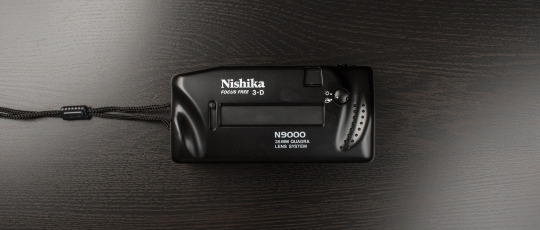
Intro
Today it’s all about photography - I’ll be taking a look at a rather obscure little imaging device - the Nishika N9000. A unique, highly specialized stereo camera that that takes 4 images at the same time from slightly different angles, which, when combined into an animation, create a miniature Matrix-like effect of the objects in the shot appearing three-dimensional. It’s a specialized camera and the only reason you use it is for its GIF-making capability. It is also a complete pain to use, totally unreliable and makes pictures of horrendous quality. Despite all this, it is a total blast and very fun. Read on to find out why.
This camera, along with the original Nimslo and the direct predecessor Nishika N8000 are responsible for the influx of countless animated GIFs on Tumblr, FFFFOUND! and other image blogs alike. I always found them a gleefully enjoyable exercise in lowbrow picture-making fun, something that could add real depth to the mood of a BTS, a casual project or just plain fun while hanging out. I denied these inner callings for a while until I stumbled upon @tkbmedia and finally bothered to look at the tags being used. “Nishika” it said. And here we are. Now, part of the reason I want to write about it is because its a genuinely fun little camera and the other part is because there is next to zero easily-digestible info online about this little plastic wonder, or even how it relates in quality and specs to its progenitor, the Nishika N8000.
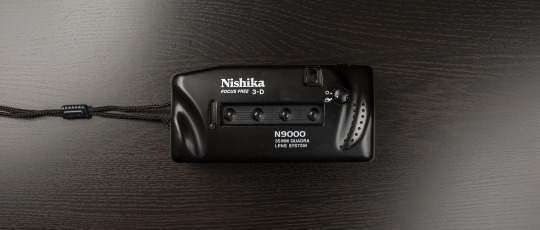
History
The first quad-lens stereo camera was the Nimslo. Designed in the US, the camera was made overseas has solid metal construction, electronically controlled shutter, high quality glass lens and is pretty compact as well. If you read between the lines, you figured $$$. Then came along the N8000, made by a different US company called Nishika, which some claim blatantly knocked off the design idea, made it much cheaper and marketed the living daylights out of it, promising the next big thing in photography. There is much history written about both these companies and why they fell from grace, but that’s not the goal of this review. Both these cameras were originally designed for lenticular mail-order printing where you would take the photos and send the roll in, getting back lenticular prints. In its waning days, Nishika learned on their design mistakes and made the N9000 camera, hoping to renew interest in the franchise, but by that time the infrastructure was starting to fall apart along with the public interest for these items. Nishika went out of business and the overstock was silently decaying in warehouses around the country for decades. Prices went down to near-free and, with the advent of the digital revolution, the camera started seeing a resurgence when experiment-happy photogs figured that these can be used for great artistic effect.
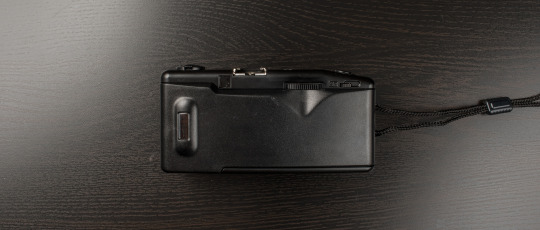
Unboxing & tech specs
Prices bordering in the $10-$20 made this novelty a no-brainer, so I splurged and received a sealed, new-in-box N9000 in the mail not long after. Was a lot of fun opening the package - the whole process resembled an unearthing of a time capsule from a prehistoric age. Best I could tell by the chintzy design and fonts used (I’m an art director by day, I pay attention to these things), my particular specimen was from the early 90’s. The N9000 is made, save from the hotshoe, entirely out of cheap, ready-to-break plastic. Even the lens are plastic. Relatively compact, looks and feels like a beefy, cheeseburger-binging point and shoot. Weighs next to nothing. Small size and weight is a plus for anyone that wants to travel and take multiple cameras for multiple shot types. This one doesn’t take up much space. Each press of the shutter creates 4 tiny half-frame images spread across two regular frames of 35mm film. A 36-exposure roll gets you around 18 shots give or take. A 24-exposure roll probably takes around 12, haven't tried. Has a closable lens cover. Aperture selector between F8 and F16. Button. Rewind button and knob. And winding gear, yes, the winding gear. Reason I want to focus on it is because I genuinely hate it so very much, from the bottom of my usually very accommodating and forgiving heart. They cheaped out and replaced the lever from the N8000 with a finely-sharpened flesh-shearing winding gear to advance each frame and wind the shutter. I can live with it, but I dread every time I have to advance frames. The shutter speed is a fixed 1/60 sec. Has a tripod socket, an unremovable strap, and, well, that’s pretty much it. No batteries. Surprisingly small amount of foam in the back door, so even with vintage, less likelihood of light leaks. Has a little sticker inside recommending 200 film outdoors and 1600 film indoors. I'd personally load it with 400-800 film and tweak exposure with aperture.
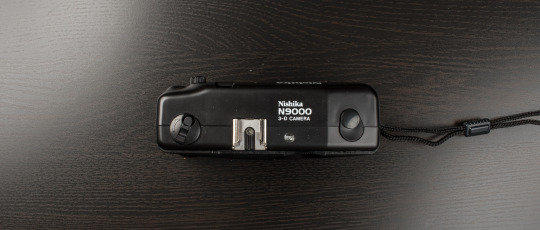
Comparing to the N8000
The main reason I went out on whim and got the N9000 instead of the N8000 is size and weight. As soon as I saw pictures of the N8000 in hand AND read that they put a large chunk of metal inside just to make it feel more expensive and reliable than it is I knew it wasn’t for me, as my photo bags are always packed and space is at a premium. The N8000 is a very, very large camera, I’d say roughly twice the size and weight of the N9000. But, at the same time the picture quality looked to be the same (identical lens) and features are largely identical. The N8000 is also the very definition of gimmicky, with the fake LCD screen on top showing recommended settings for exposure. The "meter" built into it is just there to remind you when to use flash. And with today's film exposure latitude the f/11 is totally redundant. That's a whole lotta strikes out against the N8000. The only feature that I miss from the N8000 is the wind lever instead of gear, the rest of the playing field belongs to the sleeker, more modern and compact N9000. The best camera is the one you have with you, remember?

In use
Load film. Wind to 1. Set aperture. Point. Shoot. That's it. When you get to the end, hit the rewind button and crank that knob. Live life and be happy. They have a rather complicated set of recommendations for ideal positioning of foreground/mid/background elements, but in use I found that they correlate pretty neatly into my shooting style anyway so I just base a shot on instinct and click away. Just frame the subject either medium shot (waist up) to long shot (full figure) and try to compose stuff into the foreground and background for perfect harmony. Even when the rules are totally broken I still notice a 3D effect (works better for objects closer rather than further). When it gets even a little big (very, very little bit) dark - use flash. Theoretically, any type of flash should work, but my Canon 600EX-RT wouldn't trigger because the firing pin is a fraction of an inch off. Go figure. Had to MacGuyver a workaround with a coiled hot shoe extension to make it click. Even then, the flash wouldn't fire every 3-4 frames, killing the shots. Also, some films with a softer base (looking at you, Fuji Superia) tend to be torn at the sprockets when advancing the frame, renderings the entire roll useless. Reason for that is that there is only one film advance cog in the top of the body and winding pressure is applied unfavorably to the top sprocket holes only. Be very, very gently, or bye-bye roll.
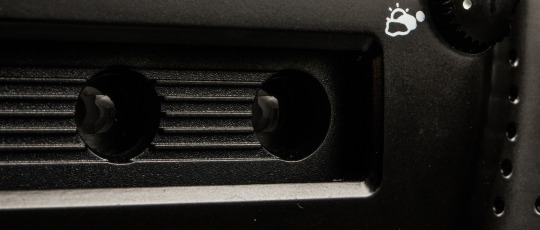
Image processing
After taking the shots, what's next? Everybody has different procedures from here on out but the general goal is to develop the film, get scans and then combine those scans into an animated GIF. If I'm shooting B&W, I develop in my trusty D-76 concoction and after drying, proceed to scan on the Epson V800. Negs are converted in ColorNeg and the final images assembled in Photoshop. Obviously, there are lots of other substeps involved in each respective step, but they are outside the scope of this review. A bit later I am planning to write about my experience with developing your own film, scanning film and using ColorNeg and Lightroom/Photoshop to get the most out of your film shots, but for right now PM me if you would like advice/tips/tricks. Last step is to export an animated GIF or an MP4 video if you're planning on uploading to Instagram. Sounds like a whole lot of steps, huh? No fear, after doing this a couple of times it becomes second nature and many processes can be automated with Actions in photoshop.
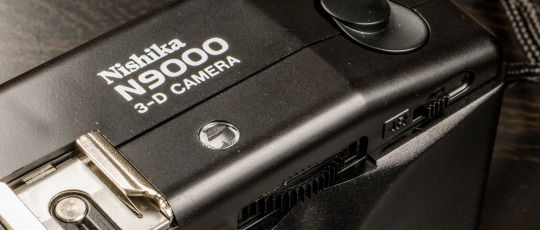
Conclussions
So why do it all? Funny thing, I almost filmed a mock camera review where I smash the camera into moon dust against a brick wall. That's how frustrating it sometimes gets with all these inconsistencies and deficiencies in build quality. Would I bring something like this to an even remotely professional shooting environment? Absolutely not. The only camera capable of pulling that off is the Nimslo. Forget anything with a Nishika badge on it. But, if you are looking for a novel (and cheap) way of taking pictures and impressing friends, family and followers, as well as having the technical chops necessary to use film and assemble the GIFs, it's hard to beat the Nishika. The resulting images are what make all of the hassles worth it. It's like I sometimes describe the allure of film in general to people. Film is grainy, soft, full of imperfections and lacks the punch and pizzazz of digital. But oddly enough, that's exactly the way most of our memories work. Warm, somewhat vague,fuzzy. The Nishika just takes it to a new level by introducing depth. It's like a good old memory, animated.
Sample pics
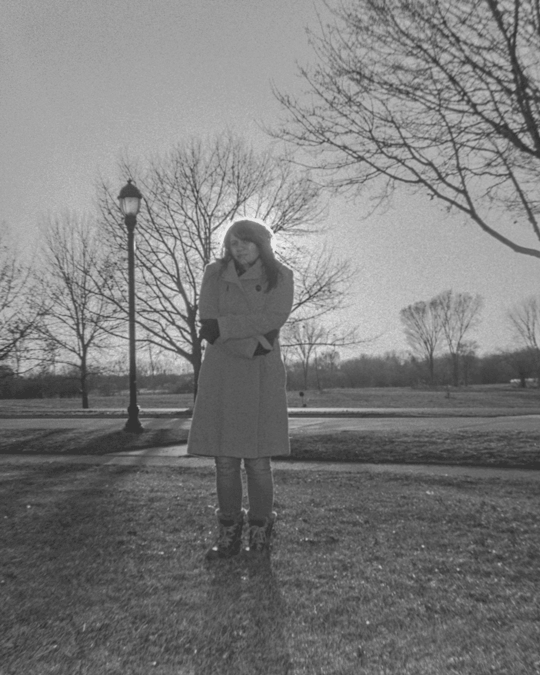
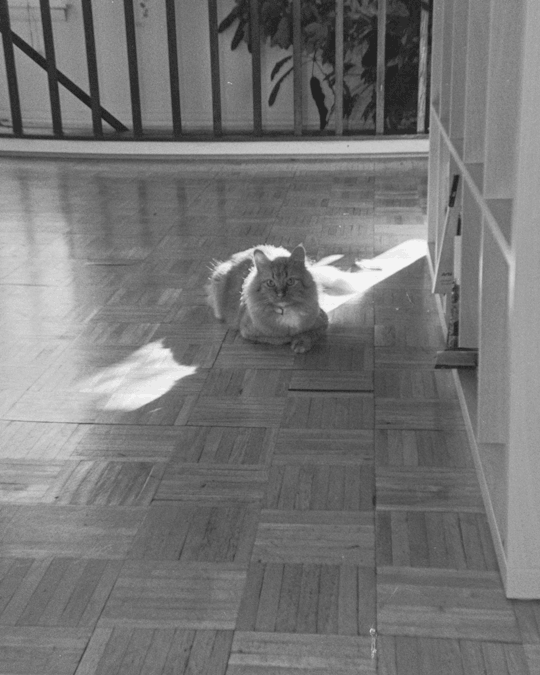
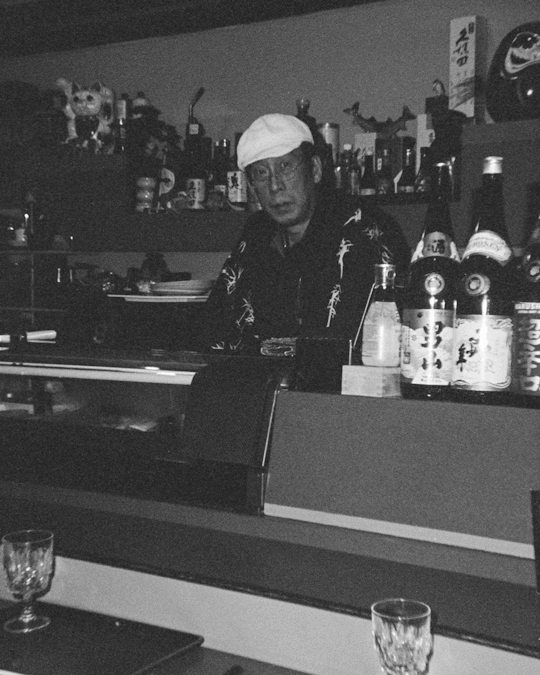
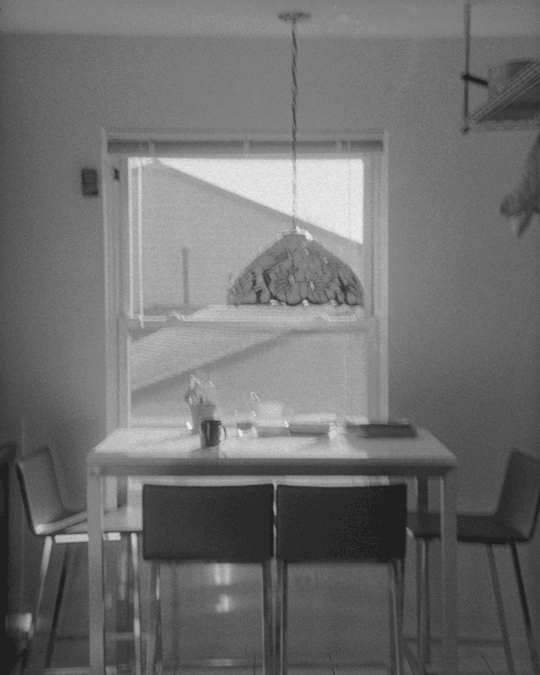
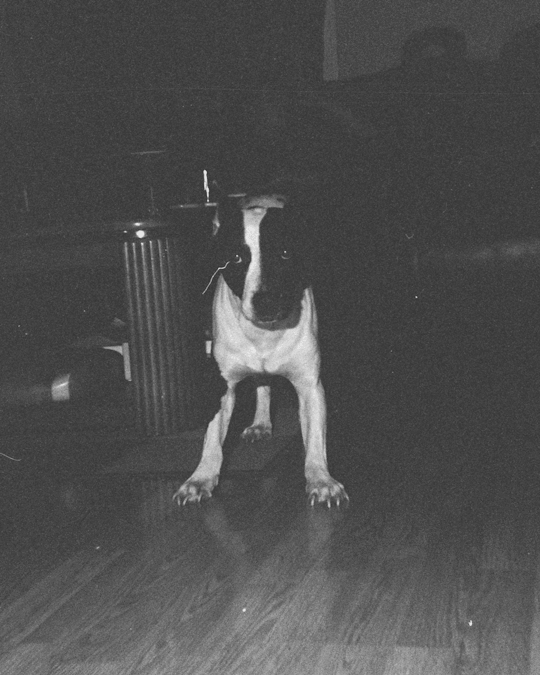
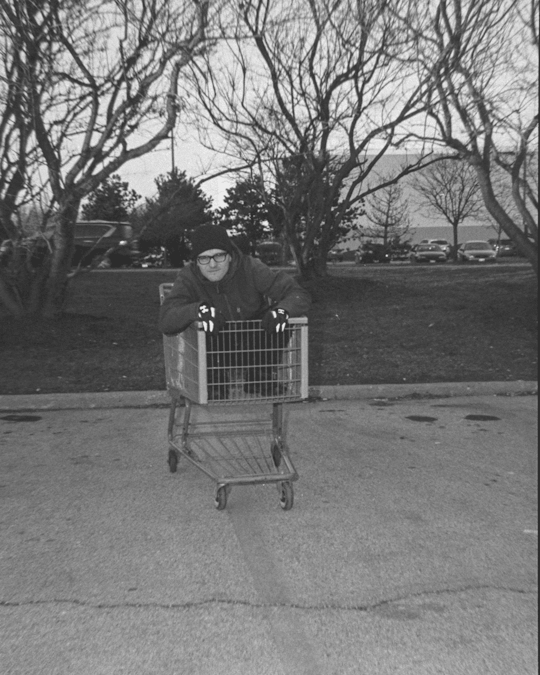
#nishika#film photography#n9000#n8000#camera review#analog#black and white#bw#gif#ilford#hp5 plus#film#35mm#half frame#3d photo#stereo photo#kodak#tri-x#animated memories
1 note
·
View note
Photo

The Toil of the Needle by elsiemarley22 ❤ liked on Polyvore
FFFFOUND! | needle and thread - Картинки Google / Vintage paintings perfect for the internet, because KITTENS! [12... / andtyme — «emeto_Hand-mad…» на Яндекс.Фотках / digilicious_monkeylove_hessian01.png / Леди дождя — «своими руками» на Яндекс.Фотках / temabina paper texture old fabrics book objects beige fiber fibers... / bee_orgueil_el23.png / k.tiande — альбом «КЛИПАРТ PNG / рукоделие / рукоделие... / Mode_De_Paris_PinkLotty_el (67).png / ldavi-mousemasque-needleandthread.png / RR_ColdWinterDays_Element (16).png / lmurphy-daughter-43.png / sewing stuff
0 notes
Text
Artist Comparison 2:Jonni Cheatwood
Jonni Cheatwood (born July 21, 1986, Thousand Oaks, California) is a Brazilian-American visual artist working across many different disciplines including painting, photography, graphic design and fashion. His main body of work operates in the gap between abstract expressionism, surrealism and conceptual art experimenting with various genres and techniques in his work. He currently lives and works in Los Angeles.
In 2012, Cheatwood was a semi-finalist in The Next Artspace Artist competition, which was put on in collaboration with Artspace and Tumblr. Following that competition, this series was featured in the third issue of Fashion for Men magazine by Milan Vukmirovic, Ignant.de, Trendland and FFFFOUND!He has also frequently collaborated with designer Jeremy Fall. Cheatwood has painted on garments for Fall, juxtaposing fine art and fashion, as well as lending his artwork to make the look book for Fall's brand. The pair have also collaborated on a series of Woodstock inspired posters promoting the 2014 Coachella festival, which were featured by Lindsay Lohan on her official website. Cheatwood also created the artwork for Kitty Cash's Love the Free, Volume 2 mixtape and his work can be seen in Usher's music video, She Came to Give It to You.
2) What is the photographer’s motivation for being a photographer? The motivation for Jonni Cheatwood being a photographer is unknown.
3) What do you understand ‘Surreal’ to mean in art & photography? Surrealism often uses dream imagery to show the inner workings of the mind. Surrealism art uses images like dream ideas in their art to create instinctive meanings the viewer would not need rational thought to understand. Surrealism art also used symbols as a method of telling a story. Symbols are objects that stand for ideas, events, or emotions. For example, a smile can be a symbol of happiness; an image of a heart can be a symbol for love.
4) Do you think that this is more of a ‘Surreal’ or an ’experimental’ photograph? The photograph is more experimental than a surreal photograph. The clever use of using real paint to distort the image makes the subject stand out extremely well, without too much hue and saturation.
5) What are the visual elements in this portrait that make it either Surreal or Experimental? Missing facial features Cheatwood has created a wide range of photographs with the idea of having the face of the subject covered with dripping colourful paint. The colours do not represent anything specific but do make the audience wonder what's going on behind the paint and also what the paint represents. 9) Is the imagery symbolic of an event or of an emotion)? Do your very best to find out facts about this and add quotes in here if you can.
10) Discuss the main technical or formal elements featured in this photograph? The strong use of colours conveys a powerful message which i think Cheatwood is trying to send to the audience. This could possibly be the reason why he has decided to use a U.S Army cadet; this could be a stronger message that we are just not understanding. Which makes this feel more like fine art.
11) Do you consider this image to be a photograph or more of a piece of Fine Art? Unlike any other artist I have analysed, I would have to say that this artists separates itself from the rest as this image is more of a fine piece of art compared to a photograph. The use of physical paint and also the use of dramatic tones makes the piece more vintage.
12) What is your personal response to this photograph and how does this photograph inspire or relate to your own work? The image relates to my theme as it plays into distortion as there is manipulation of the face. Although the photograph does inspire me to create some of my experiments instead of my final outcomes.
0 notes
Photo

Untitled #193 by fashionyoungfolks featuring eye makeup ❤ liked on Polyvore
Eye makeup / Home decor / 1936. Dorothea Lange / Damaged Child, Shacktown, Elm Grove, ... | 193… / Object Lessons on the Human Body by Sarah F. Buckelew and Margaret W. / DBD_scratches_cbj.png / eye makeup | Tumblr / Opaque Promises / Pencil sketches and smudge effect / ... / a beautiful revolution: blog: Eskimo Woe / Secret Service Typewriter Regular / FFFFOUND! / LERONA PORTRAITS / veroklo.png / icequeen / Watercolor Brush 60 / Portfolio / veroklo.png / イメージ0
0 notes